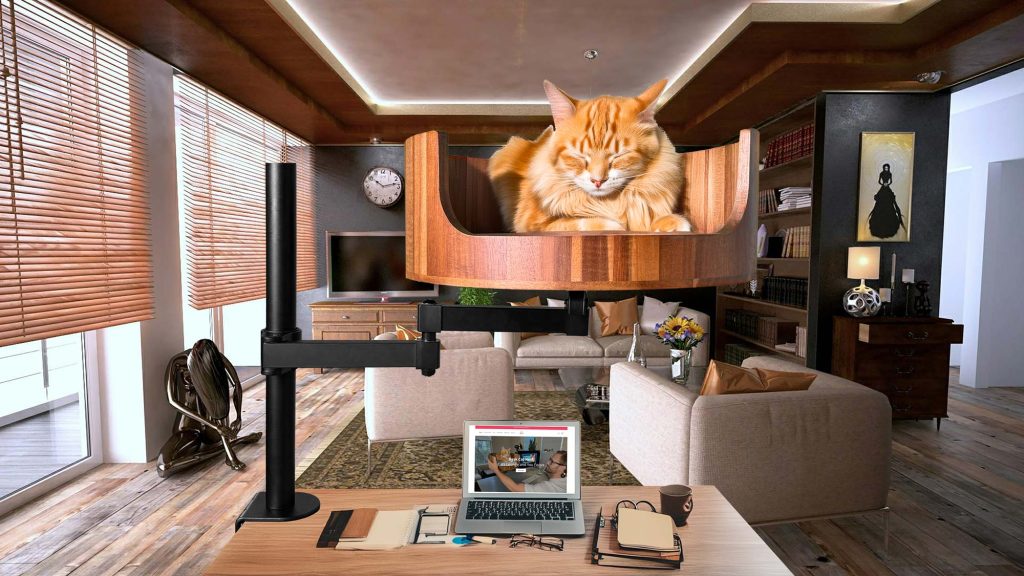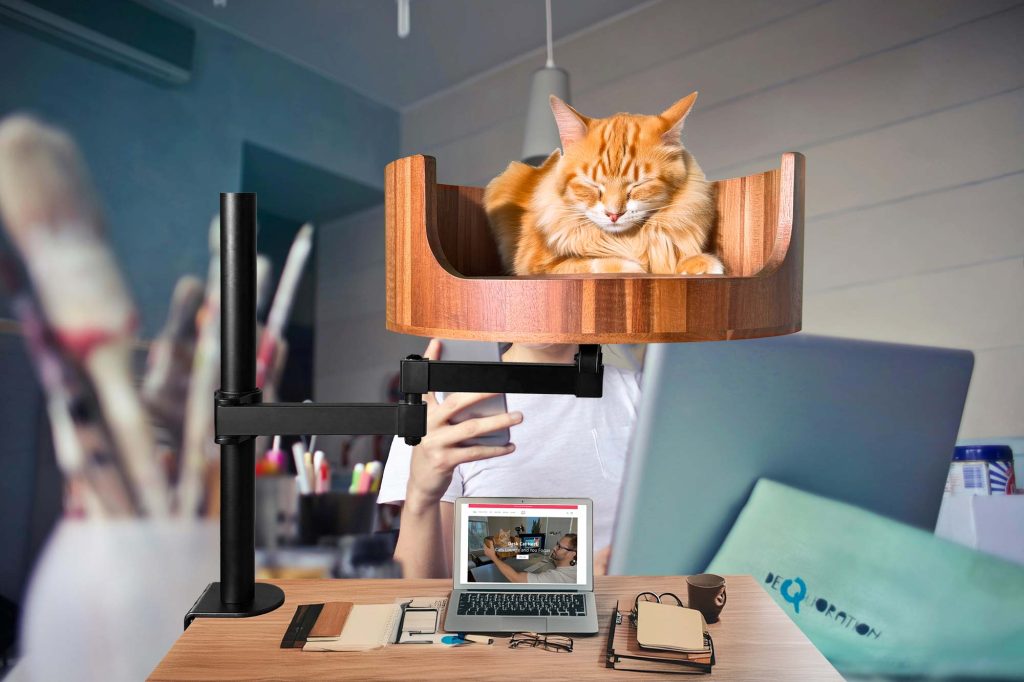Cat eye snot, also known as feline conjunctivitis, is a common issue that many cat owners may encounter. These crusty, yellowish or greenish discharge that can accumulate in the corners of a cat’s eyes can be alarming and worrisome. However, understanding the causes and treatments for cat eye snot can help keep your furry feline friend healthy and comfortable.
In this article, we will delve into the various factors that can contribute to cat eye snot, such as viral or bacterial infections, allergies, or underlying health conditions. We will also explore the importance of proper eye care for cats, including regular cleaning techniques and preventive measures. Additionally, we will discuss when it is necessary to seek veterinary assistance and the treatment options available to alleviate discomfort and eliminate eye discharge in cats. Stay tuned to learn everything you need to know about cat eye snot and how to best care for your beloved pet’s eyes.
1. Cat eye snot is a common issue among felines, characterized by discharge from the eyes that can range in color and consistency.
2. Causes of cat eye snot can vary from allergies and infections to more serious underlying health conditions.
3. Regular monitoring of your cat’s eye health and seeking veterinary care when needed is crucial in managing this issue.
4. Treatment options for cat eye snot may include cleaning the eyes, using eye drops or ointments, and addressing the underlying cause.
5. Understanding the symptoms and treatment of cat eye snot can help improve the overall health and well-being of your feline companion.
What is Cat Eye Snot?
Cat eye snot, also known as ocular discharge, is a common issue that many feline owners encounter. This discharge can vary in color, consistency, and frequency. It can be clear, yellow, green, or even blood-tinged. Some cats may have eye snot occasionally, while others may have it chronically. It can be a result of various factors such as allergies, infections, irritants, or underlying health conditions. It is essential to monitor your cat’s eye snot and seek veterinary care if you notice any changes or persistent discharge.
Causes of Cat Eye Snot
There are several reasons why a cat may have eye snot. One common cause is a mild upper respiratory infection, which can lead to increased tear production and discharge. Allergies to pollen, dust, or certain foods can also trigger eye snot in cats. Foreign particles, such as dirt or dust, can irritate the eyes and cause discharge. More serious causes of eye snot include feline herpesvirus, conjunctivitis, glaucoma, or eye injuries. Proper diagnosis by a veterinarian is crucial to determine the underlying cause of your cat’s eye snot.
Treatment Options for Cat Eye Snot
The treatment for cat eye snot depends on the underlying cause. In cases of mild irritation or allergies, gentle cleaning of the eyes with a warm, damp cloth may help reduce discharge. For infections, your veterinarian may prescribe antibiotic eye drops or ointments. In more severe cases, such as feline herpesvirus or glaucoma, treatment may be more complex and long-term. It is important to follow your veterinarian’s recommendations and monitor your cat’s progress closely. Regular eye exams and preventive care can help prevent future episodes of eye snot in your feline companion.
Prevention Tips for Cat Eye Snot
While some causes of cat eye snot may be unavoidable, there are steps you can take to help prevent or minimize this common issue. Keeping your cat’s living environment clean and dust-free can reduce the risk of eye irritation. Regular grooming to remove dirt or debris around your cat’s eyes can also help prevent eye snot. Providing a healthy diet, regular exercise, and proper hydration can support your cat’s overall health and immune system, reducing the likelihood of infections or allergies. If you notice any changes in your cat’s eye snot or behavior, consult your veterinarian for proper evaluation and treatment.
Frequently Asked Questions
What is cat eye snot?
Cat eye snot, also known as discharge or mucus, refers to the gooey substance that may form around a cat’s eyes. It can be a sign of eye irritation, infection, or other underlying health issues.
How can the Desk Cat Nest help with cat eye snot?
The Desk Cat Nest provides a cozy and comfortable space for your cat to rest and relax. This can help reduce stress and improve overall eye health, which may in turn reduce the occurrence of cat eye snot.
Is the Desk Cat Nest easy to clean?
Yes, the Desk Cat Nest is designed for easy cleaning. Simply remove the cushion and wash it according to the instructions provided. The nest itself can be wiped clean with a damp cloth.
Can the Desk Cat Nest be used for cats of all sizes?
While the Desk Cat Nest is suitable for most cats, it is best suited for small to medium-sized cats. Larger cats may not be as comfortable in the nest due to its size limitations.
Is the Desk Cat Nest durable?
Yes, the Desk Cat Nest is made from high-quality materials that are designed to withstand regular use. However, like any cat product, it may show signs of wear over time and with extended use.
In conclusion, investing in a Desk Cat Bed is a valuable choice for helping with cat eye snot. By providing a comfortable and elevated sleeping area for your cat, it can help reduce the likelihood of eye discharge accumulating and causing irritation. Additionally, the raised design of the Desk Cat Bed can help promote better air circulation around your cat’s eyes, reducing the chance of moisture buildup and potential infection. Overall, choosing a Desk Cat Bed for your feline companion can greatly benefit their eye health and overall well-being.


